|
|
|||
|
(Back to Preceding Week; on to Next Week) |
|
MAYFLOWER QUIZ 2009 It's been a while since we posted a nature quiz, so this week in honor of Spring 2009 we've taken a number of "Mayflower" photos. Not the ship that brought the Pilgrims, of course, nor the botanical Mayflower, Epigaea repens (below right)--also known as Trailing Arbutus and the official state flower of Massachusetts. So here's the deal. Below you'll find a number of photos of flowers. Some are herbaceous, some are produced by vines or shrubs or trees; all photos are of "Mayflowers," i.e., they were taken 1-21 May 2009. Minor hints are provided for each blossom, including whether the plant was found around Hilton Pond or in the Mountain State. Some IDs will be easy; others may cause a little head-scratching. Following the photos is a blank form you can cut and paste into your e-mail program.
All text & photos © Hilton Pond Center FLOWER #1: Fallow farmland--and a grassy roadside near Hilton Pond Center--is often carpeted with these elegant blue blossoms. We've also seen varieties that are purple, pink, or white. The plant often disappears after a field is two years into natural succession.
All text & photos © Hilton Pond Center FLOWER #2: Leathery green leaves with parallel veins might help you identify this plant before it blooms, but once the pink blossom erupts there's no mistaking this wildflower. Although the photo was taken at the New River Birding & Nature Center in West Virginia, we've seen this plant in such odd places as a drainage ditch within the city limits of Rock Hill SC.
All text & photos © Hilton Pond Center FLOWER #3: A dangling cluster of flowers like these--growing on a woody deciduous vine at Hilton Pond Center--could be produced only by one family. The hard part is figuring out the species.
All text & photos © Hilton Pond Center FLOWER #4: Produced on a tall understory tree with foot-long deciduous leaves, this large white flower in West Virginia's Fayette County reminds of us its southern relative.
All text & photos © Hilton Pond Center FLOWER #5: Although two-inch-wide blossoms of this deciduous shrub can be found at Hilton Pond Center in early April, this photo was taken in May in the West Virginia mountains. The five stamens and single pistil are especially long.
All text & photos © Hilton Pond Center FLOWER #6: This nondescript cluster of MALE flowers emerges from a woody twig on a tree with shiny green oval-shaped deciduous leaves. The species is especially common in somewhat moist habitats across the eastern U.S.; here at Hilton Pond it was growing not far from the water's edge.
All text & photos © Hilton Pond Center FLOWER #7: Despite its attractive deep red color, this two-inch wide blossom in Hilton Pond's Goldenrod Meadow probably isn't one you'd be wanting to wear as a corsage or boutonniere at your next formal dance. Ouch!
All text & photos © Hilton Pond Center FLOWER #8: We couldn't have a Mayflower quiz without at least one example of what the botanists frustratingly call a DYC ("damned yellow composite.") This cluster of flowers was atop a two-foot-tall stalk in an open meadow at Hilton Pond Center.
All text & photos © Hilton Pond Center FLOWER #9: Although this photo focuses on a single white quarter-inch flower, the deciduous shrub bearing it usually makes blossoms in drooping clusters (see out-of-focus cluster in the background at upper left). Growing slowly at Hilton Pond Center.
All text & photos © Hilton Pond Center FLOWER #10: Fruit from the easily overlooked 3/8" flowers on this green-stemmed shrub seemingly burst from their pods when ripe. The plant is common in shady spots around Hilton Pond Center but often gets browsed by White-tailed Deer.
All text & photos © Hilton Pond Center BONUS FLOWER: This flower was growing abundantly in a remote location (Bone Valley Creek) within Great Smoky Mountains National Park. Its somewhat rounded leaves are relatively thick and succulent. The site is likely an old homestead, long since taken over by nature. MAYFLOWER QUIZ 2009 Fill in common name, then genus & species, as follows: Flower #1: Cut and paste the completed form (above) into your e-mail client and send with your name and city/state to INFO. Include "Mayflower Quiz 2009" in the SUBJECT line. Entries must arrive by 11:59 p.m. EDT on Wednesday, 27 May 2009. No wild and crazy guesses, please, and don't assume all plants are native species.
Comments or questions about this week's installment?
Thanks to the following fine folks for recent gifts in support of Hilton Pond Center for Piedmont Natural History and/or Operation RubyThroat: The Hummingbird Project. Your tax-deductible contributions allow us to continue writing, photographing, and sharing "This Week at Hilton Pond." (Please see Support if you'd like to make a gift of your own. You can also contribute by ordering an Operation RubyThroat T-shirt.)
"This Week at Hilton Pond" is written & photographed You may wish to consult our Index of all nature topics covered since February 2000. You can also use our on-line Hilton Pond Search Engine at the bottom of this page. For a free, non-fattening, on-line subscription to |
|
Make direct donations on-line via
Network for Good: |
|
|
Use your PayPal account
to make direct donations: |
|
|
If you like to shop on-line, you please become a member of iGive, through which more than 750 on-line stores from Barnes & Noble to Lands' End will donate a percentage of your purchase price in support of Hilton Pond Center and Operation RubyThroat. For every new member who signs up and makes an on-line purchase iGive will donate an ADDITIONAL $5 to the Center. Please sign up by going to the iGive Web site; more than 200 members have signed up to help. It's a painless, important way for YOU to support our on-going work in conservation, education, and research. |
|
|
SPECIES BANDED THIS WEEK: * = New species for 2009 WEEKLY BANDING TOTAL 17 species 53 individuals YEARLY BANDING TOTAL (2009) 28 species 975 individuals 28-YEAR BANDING GRAND TOTAL (since 28 June 1982, during which time 170 species have been observed on or over the property) 124 species 52,857 individuals NOTABLE RECAPTURES THIS WEEK (with original banding date, sex, and current age) Ruby-throated Hummingbird (1) Eastern Phoebe (1) Chipping Sparrow (2) American Goldfinch (1) Carolina Chickadee (1) Northern Cardinal (4) Eastern Towhee (1) Eastern Tufted Titmouse (2) Carolina Wren (2) House Finch (2) Red-bellied Woodpecker (2) Mourning Dove (1)
|
OTHER NATURE NOTES OF INTEREST --Although May is almost gone, we've yet to capture a new Ruby-throated Hummingbird this year at the Center, and we've observed only one previously banded male coming to our feeders; we finally re-trapped him on 21 May. (The first female of the season also showed up that day.) Ever optimistic, however, we refuse to despair; 2008 was our best-ever year of banding RTHU--after catching only two unbanded ones through the first of June. --We caught a typically fastidious female Eastern Phoebe on 21 May with mud-caked bill and feet--a sure sign she was building a mossy nest nearby. A well-developed brood patch further implied it might be her second nesting endeavor of 2009 for this flycatcher.
--The bird of the week was undoubtedly a female Prothonotary Warbler (above) mist netted on 21 May--only the 16th of its kind in 27 years at the Center. More significantly, she had an active brood patch indicating she has a nest very close to Hilton Pond. The cavity-nesting species breeds commonly in the Carolinas Coastal Plain but there are only two SC Piedmont nesting records, neither from York County. --Other new females with brood batches captured this week at Hilton Pond Center were an Orchard Oriole, Eastern Phoebe, Chipping Sparrow, Pine Warbler, Eastern Tufted Titmouse, Carolina Wren, Red-bellied Woodpecker, Mourning Dove, and three Northern Cardinals--plus a previously banded House Finch and Eastern Towhee. Even without finding their nests, we're certain these birds are breeding locally.
|
|
|
|
(Back to Preceding Week; on to Next Week) Up to Top of Page Back to This Week at Hilton Pond Center Current Weather Conditions at Hilton Pond Center |
 You can also post questions for The Piedmont Naturalist |
Join the |
Search Engine for |
|
|
cheap printer cartridge

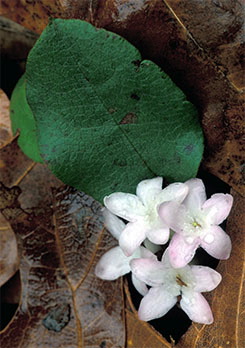 Instead we offer a sampling of flora we've seen blooming here at Hilton Pond Center or in central West Virginia. (For part of the period we were up in Fayette County again to do more banding after the New River Birding & Nature Festival described last week.)
Instead we offer a sampling of flora we've seen blooming here at Hilton Pond Center or in central West Virginia. (For part of the period we were up in Fayette County again to do more banding after the New River Birding & Nature Festival described last week.) Fill in the form with the correct identification and e-mail your answers to
Fill in the form with the correct identification and e-mail your answers to 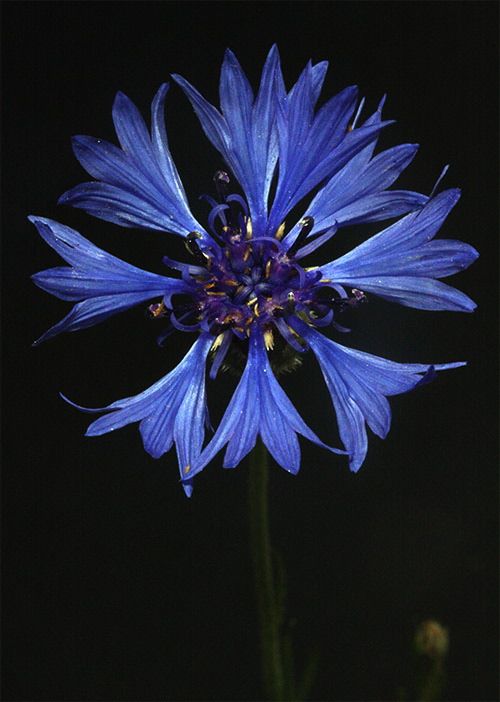

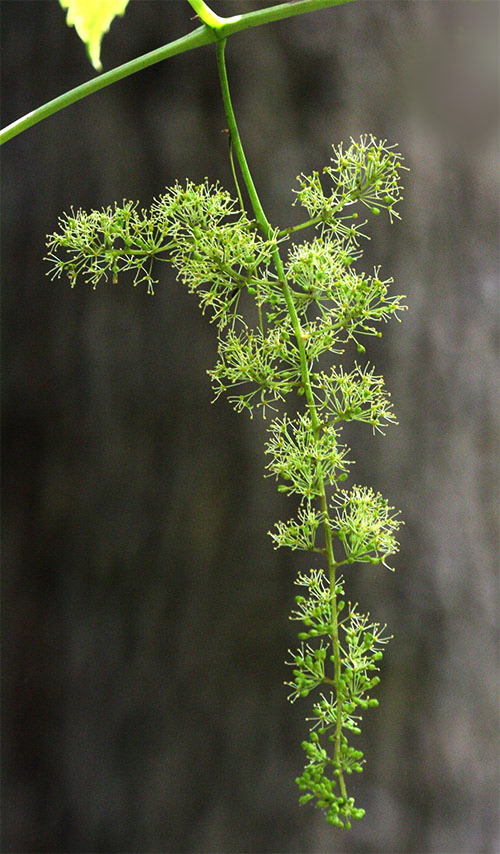
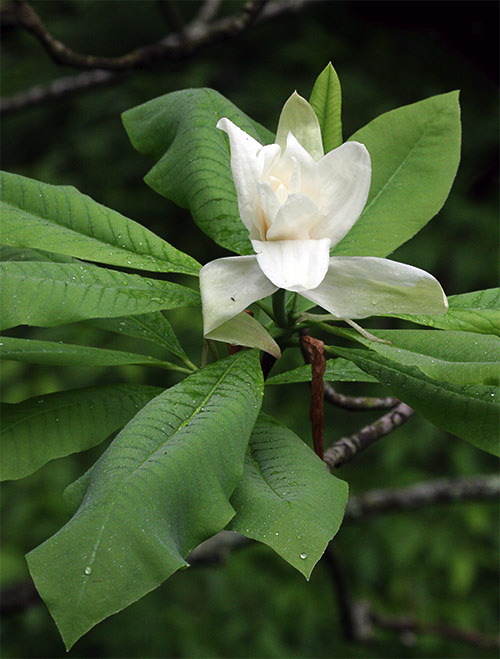
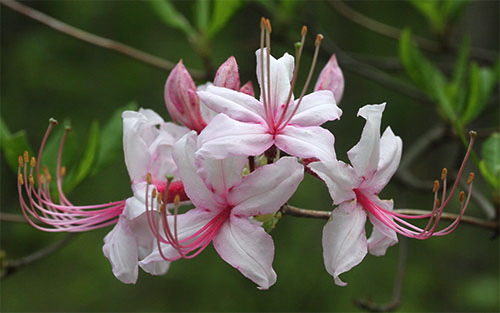
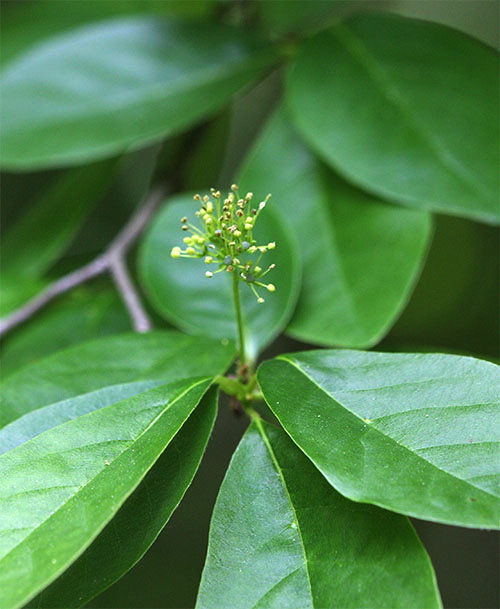
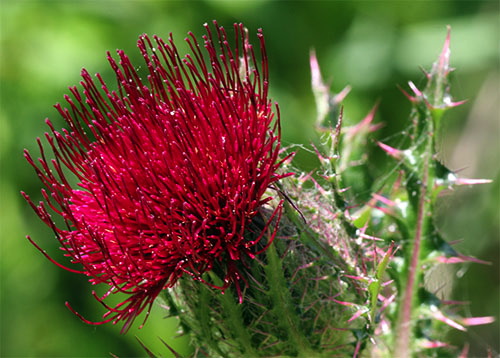
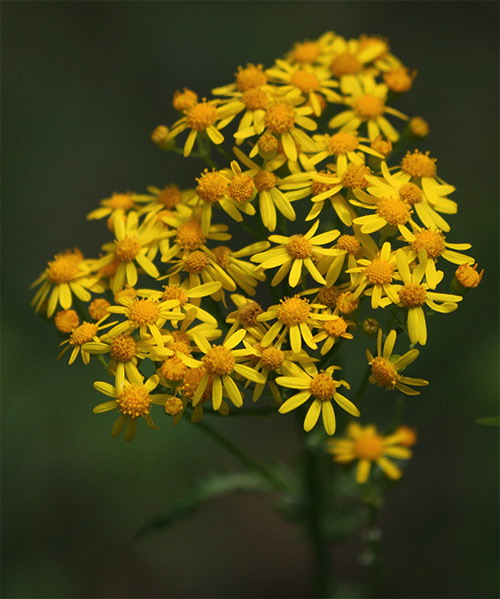
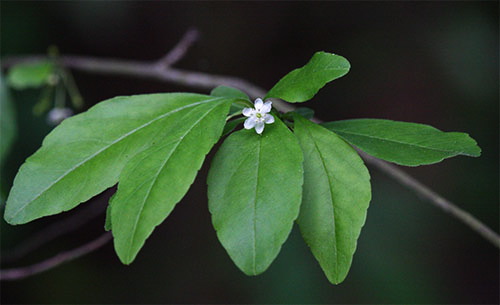
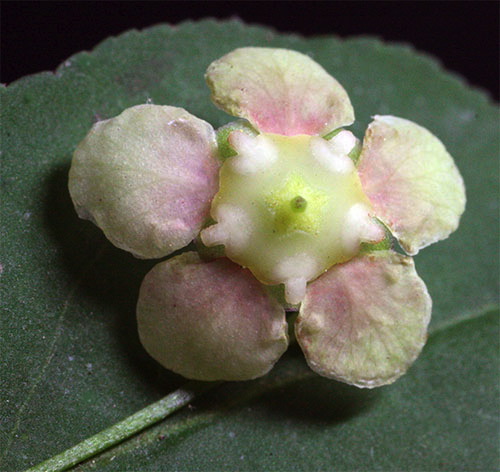



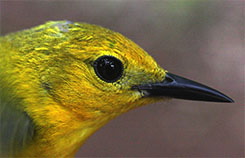
 Please report your
Please report your